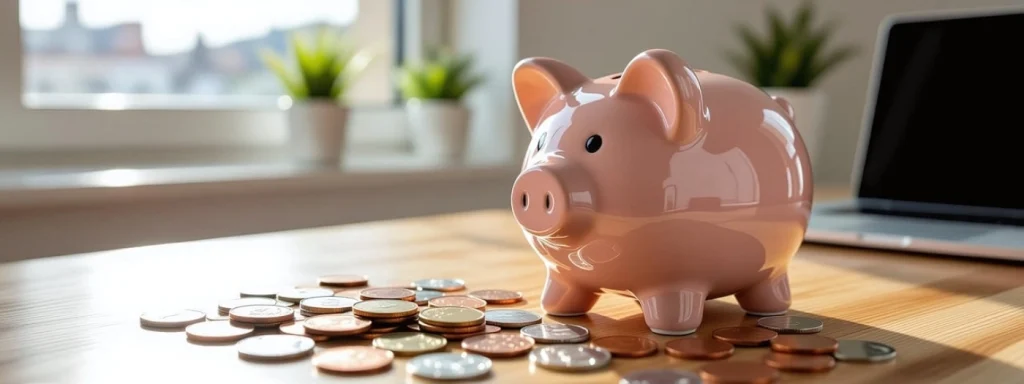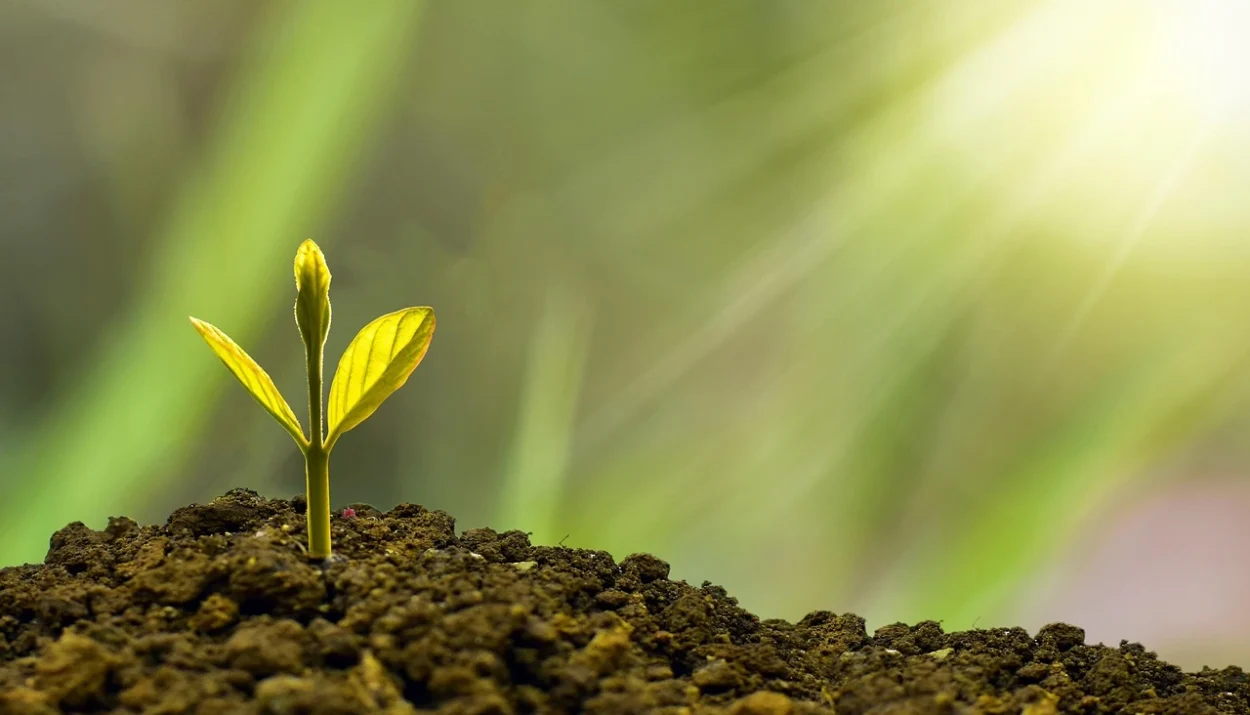Micro-investing is simply participating in the act of very small investments, often starting as minimal as just a single dollar, and gradually working your way into investment. People avoid waiting to have a large lump sum of money to use; rather, they invest using loose change or small amounts they can save daily.
This is one of the ideas that has drawn much interest, as many individuals ask the question: Is it possible to generate wealth using a limited amount of money? The solution, at least as seen in online forums, such as Reddit, is that it can, but not in the sense of instant success. It is a matter of being patient, being disciplined and staying with the routine.
So, how about we take these real-life examples and insights from the experienced person to really understand if microinvesting can help you build wealth?
What Is Micro-Investing?
Micro-investing can be described as that in which very small sums of money are invested frequently (maybe as little as 1 dollar or 5 dollars). To start out, you do not need much in one lump. The actual emphasis is on inculcating the practice of doing regular investing and leaving the power of time and compounding to do its magic.
The difference between micro-investing and classical investing is accessibility. Conventional investing would typically require you to make larger wagers and have to pay more fees, as well as invest in stocks. Micro-investing reverses that notion by reducing the friction- anyone can now initiate with pocket change and still have access to diversified portfolios.
One of the questions that people ask frequently is how much you have to start with. The surprise is that there is surprisingly less to invest in it – most platforms will enable you to start with a couple of dollars, so it does not seem like so a big deal. Robinhood, Robinhood and Stash in the U.S. or Trading 212 or Freetrade in Europe, are often suggested to beginners, as they are user-friendly applications that do not need a large initial financial outlay. Some will even have round-up functions, where your daily shopping spends are rounded off to the nearest whole dollar, and excess is automatically invested.
Which leads us to the next frequent question: Is it really possible to invest automatically with micro-investing apps? Yes. Micro-investing involves automation. One option is to schedule deposits, either the amount of your choice (e.g., $5 a week), or have the app do the work of sweeping up loose change after your day-to-day purchases. It keeps you consistent one way or another in a way that you do not need to think about it each time.
What Can You Do When You Have Only 5 bucks?
The $5 you start with may sound too minute to make a difference, but such is the point of micro-investing: you do not have to invest a lot to get started. As an example, you may dedicate a portion of your weekly coffee funds, or try apps that will “round up” your daily spending. In case you buy coffee which costs 3.60, the app will round it to 4 and invest the rest of the money on your behalf (0.40). They eventually accumulate.
The question on the minds of so many is, will 5 dollars even do very much? But alone, $5 does not have the ability to turn your fortunes in terms of financial rewards overnight. However, when you contribute regularly, such as weekly or monthly, by spending 5 dollars, it becomes a habit. Those small amounts compound to bigger ones with regularity.
The other typical question is how frequently should you invest five dollars to obtain the outcomes? This is up to your goals, the more uniform you are uniform the better. Weekly/monthly donations are a brilliant start, and automation can help it go smoothly.
Lastly, the question people tend to pose is, can a regular investment account be substituted by micro-investing? Not really. Micro-investing levels are awesome as a habit, and as you earn, more, it is recommended to open regular accounts (i.e., brokerage accounts or retirement accounts) to invest in bigger amounts, and to have more options. Micro-investing can be thought of as a stepping stone.

The Way Micro-Investing Can Increase Over the Years
The magic of micro-investing can be done because of the power of compound interest. This implies that you now have investments that generate income, and that income begins to generate additional income. The way these sums are multiplied is that only some are needed to become large when you reinvest over time, and when they do grow, they grow big.
It is a clever move to have your small gains to reinvest rather than to cash out prematurely. Reinvesting enables gradual portfolio diversification; the spreading of your money across various funds, stocks or assets, lowering risk and making you more likely to experience steady growth over time.
The question that springs to people is, what is the duration until possible growth is achieved? The fact is, micro-investing is a marathon. You may feel that you are growing slowly in the first year or two. Based on time scales of five, ten or twenty years, however, the compound effect can generate real money.
The other major question is whether to reinvest all the money gained or take a profit. When starting out, it is generally the wisest course of action to reinvest all income. Early cutting profits is retarding.
And lastly, how on earth do you diversify when you are only investing small sums? The micro-investing apps shine at that. Lots of apps automatically diversify your dollars into various sorts of investments, such as stocks and bonds, even in the event you are shopping your money by only a few dollars. And thus, you do not have to have a large amount of money to have a diversified mix.
Other Income Streams in Conjunction with Micro-Investing
Although micro-investing allows you to make a small beginning, combining it with side income can accelerate it. A lot of individuals on Reddit claim to use their freelance or digital abilities as a source of side cash, and thus, they start investing that money immediately.
An example is that one may incur work in video editing, ghostwriting, or do shorter online assignments, such as managing social media or designing graphics. Not all of these jobs need up-front payment-it only takes your time and knowledge. Micro-investment may get you there quicker than just trying to build your portfolio with the tiniest amounts of money available (say, $5 per deposit), even when you add an additional $100-per-month boost to the mix.
Briefly, the more income streams you generate, the greater will be the fuel to supply your investments and the quicker you can expect to see significant gains.
Potential and Warnings in Micro-Investing
Micro-investing is like any other investing and is associated with risks. Markets are volatile, and small-cap investments (companies with smaller market value) can rise and down very fast. This is why so much emphasis is put by professionals, as well as Redditors, on expectation management.
Otherwise, there is a factor to be aware of: fees. When the amount of money that you put in is a small as $5, even a small amount of money taken out can chew into your profit. To get more out of your money, the most important thing to do is to select decent, low-cost sites.
Above all, know that micro-investing is not a shortcut to getting rich. It is a slow, gradual process of acquisition of wealth. You should not expect to see instant results, and it is going to disappoint you.
Don Tips: Best Ways to Get the Max Out of Micro-Investing
To ensure micro-investing is beneficial to you in the truest sense, remember the following pointers:
- Be consistent. Any tiny investments also accumulate over time in case you make regular investments. Set up automated deposits so you do not have to worry about it.
- Stay patient. It takes time to grow, and the benefits of the compounding effect are better in years than months.
- Educate yourself. Find out the essentials of finance, investing, and markets. The smarter the decisions, the more you know.
- Join communities. Reddit and other internet communities can be a good source of advice, inspiration, and reading through others’ experiences.
- Choose low-cost sites. It is a murder to make small investments with high fees, so it is better to use transparent and cheap apps.
- Work only at a realistic level. Micro-investing does not mean that you can double your money in an instant. It is all about establishing good long-term habits.
Final Conclusion
Micro-investing demonstrates that you do not have to have thousands of dollars in order to start your own financial path. With a small budget of as little as $5, it is more than just possible; it is a force to reckon with when combined with consistency, patience, and shrewd strategies. Small regular payments, diverting of returns, and even an extra money-making aspect of freelancing contribute to habits that can place you into the cycle of long-term wealth.
One needs to keep it real, and $5 will not make you an instant multimillionaire, and the markets will never be risk-free. However, when you focus on discipline, low costs, and consistent growth, the micro-investing tool could become that rung on the ladder that helps you to become comfortable with investing and ready to embrace greater opportunities in the future.
Bottom line: begin small, be consistent, and be long-term. You will be grateful. For such insightful content do follow the finance gig.
Frequently Asked Questions (FAQs)
1. Can I really build wealth with just $5?
Yes, but not instantly. The power of micro-investing lies in turning small, regular deposits into a long-term habit. Over time, those $5 investments can grow significantly through compounding.
2. How often should I invest small amounts like $5?
Weekly or monthly works best, but consistency matters more than frequency. Even a few dollars on a regular schedule makes a difference.
3. Which apps are best for micro-investing?
Popular beginner-friendly apps include Acorns, Stash, Robinhood (U.S.) and Trading 212, Freetrade (Europe). The best app for you is one with low fees, easy automation, and simple diversification options.
4. Is micro-investing safe?
Like any investing, it carries risks. Markets fluctuate, and your balance can go up or down. The key is using reputable platforms, diversifying, and staying invested for the long term.
5. Can micro-investing replace a regular investment account?
No. Micro-investing is a great starting point, but as your income and savings grow, you’ll want traditional brokerage or retirement accounts for bigger investments and more options.





